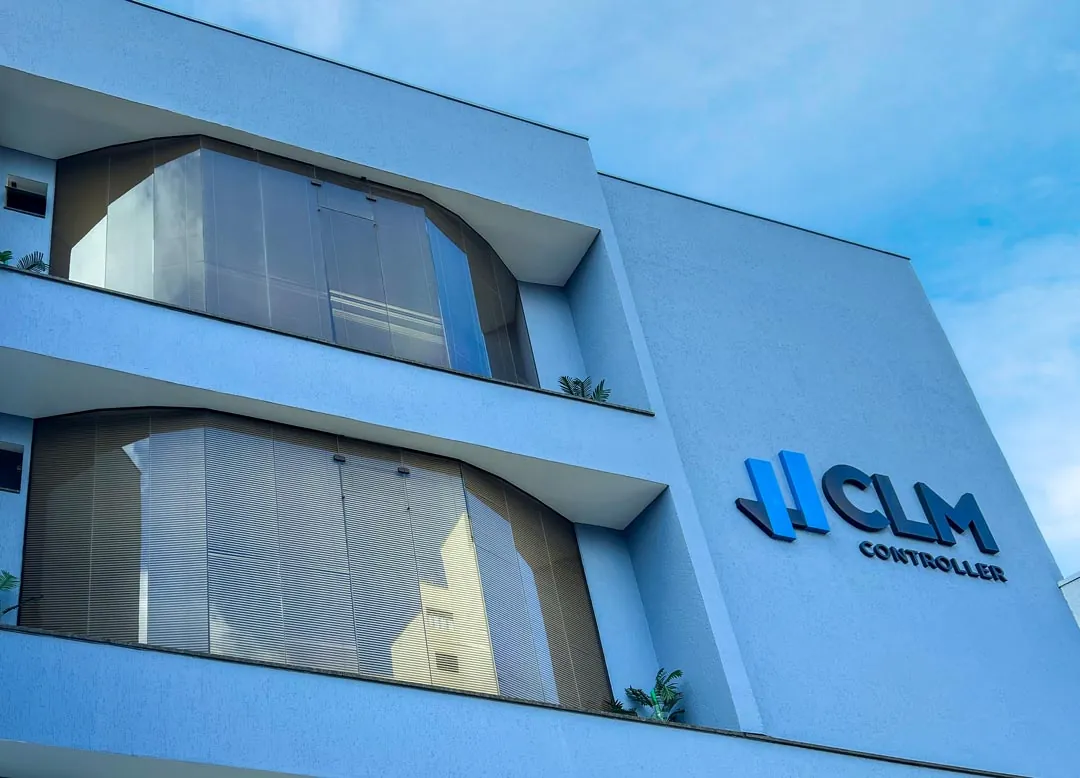In this article, we'll look at calculating the Tax on the Circulation of Goods and Services (ICMS) on the Simples Nacional surplus, providing detailed guidelines for companies that exceed the regime's billing limit.
Understanding ICMS in Simples Nacional
How is ICMS calculated on the Simples Nacional surplus?
To determine the basis for calculating ICMS in Simples Nacional, the company's annual gross revenue is taken into account, as well as the rate and the deductible portion indicated in the Annex corresponding to the sector in which it operates.
The maximum annual turnover is R$ 4.8 million. When the company exceeds this amount, the maximum rate set out in the tables in the annexes must be applied, subtracting the ICMS percentage from the revenue band, plus the percentage corresponding to the sub-limit, increased by 20%.
In the case of excess annual gross turnover, there are specific rules:
- If the surplus exceeds 20% of the R$ 3.6 million limit, the company starts paying ICMS in the month following the excess.
- If the surplus is less than 20%, the effect only occurs in the year following the surplus.
The maximum rates applicable vary according to the state and the legislation in force. It is essential to observe Annex II of Simples Nacional and the state surcharges to avoid tax problems.
Practical example of calculating ICMS on the surplus
The table below shows a practical example of how ICMS is calculated on the surplus:
| Charges | Description | Percentage of Salary |
|---|---|---|
| INSS Patronal | Compulsory contribution to the National Social Security Institute. | 20% |
| Guarantee Fund (FGTS) | Monthly deposit in an account linked to the worker. | 8% |
| Occupational Accident Insurance (SAT) | Compulsory insurance, the rate of which varies according to the degree of risk involved in the activity. | 1% to 3% |
| Education Allowance | Contribution intended to finance educational programs. | 2.5% |
| System S | Contributions to organizations such as SEBRAE, SENAI, SESI, among others. | 3.3% |
Thus, the total amount of ICMS to be paid by the company will be:
Total ICMS payable: ICMS in Simples Nacional (R$ 3,750.00) + ICMS on surplus (R$ 5,400.00) = R$ 9,150.00
Take care when calculating ICMS on the surplus
Calculating ICMS on surplus can be complex, requiring attention to rates, sub-limits and state rules. To ensure compliance with legislation and avoid tax problems, the support of tax specialists is recommended.
A CLM Controller accounting offers specialized advice for companies that need to calculate their taxes correctly, ensuring that all procedures are followed efficiently and safely. Count on our team to avoid surprises and keep your company in compliance with current tax regulations.



